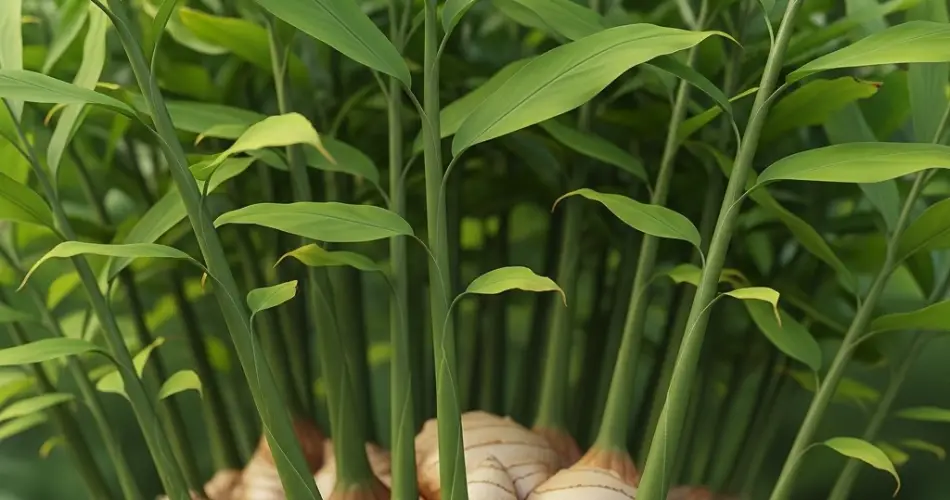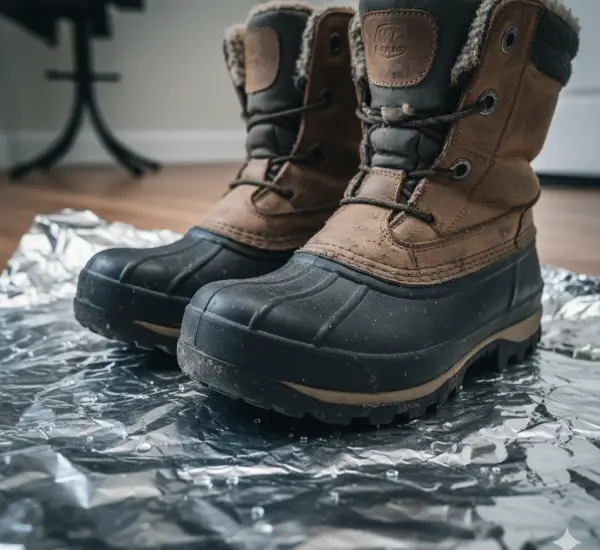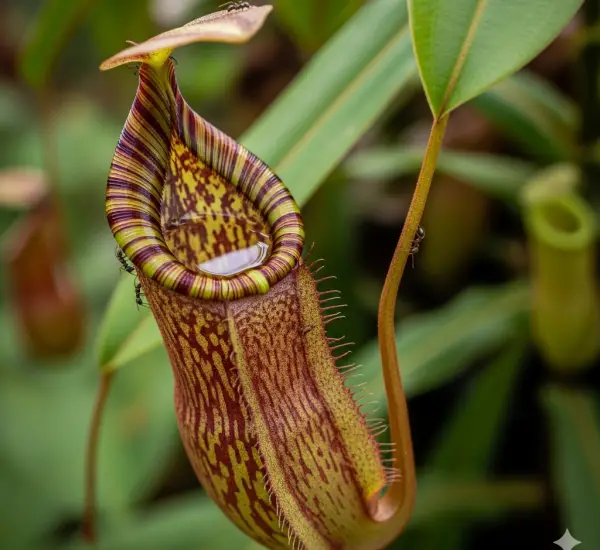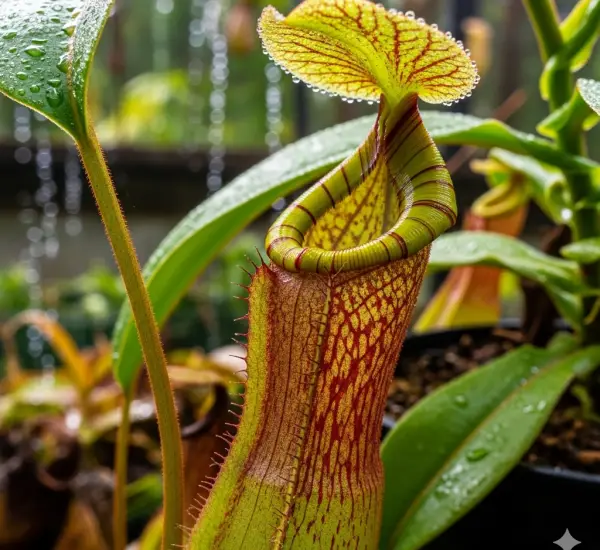Ginger is a rewarding plant to grow at home, offering not just culinary value but also medicinal benefits. While it’s relatively low-maintenance, ginger does have specific needs. When conditions aren’t ideal, issues can arise that hinder growth, reduce yields, or damage the rhizomes. Whether you’re growing ginger in pots or in the ground, recognizing the signs of trouble early can make all the difference.
Here’s a guide to the most common problems you might face when growing ginger—and how to troubleshoot them effectively.
1. Yellowing Leaves
One of the first signs that something is wrong with ginger is yellowing leaves. This symptom can stem from several causes:
Possible causes:
-
Overwatering: Ginger dislikes soggy soil. Constantly wet roots can lead to yellow leaves and eventually root rot.
-
Underwatering: On the flip side, letting the soil dry out completely for too long can also stress the plant.
-
Nutrient deficiencies: Yellowing may indicate a lack of nitrogen or other essential nutrients.
Solution:
-
Check soil moisture regularly and water only when the top 1–2 inches are dry.
-
Ensure the container or garden bed has good drainage.
-
Use a balanced, organic fertilizer every few weeks during the growing season.
2. Soft, Rotting Rhizomes
Healthy ginger rhizomes are firm and plump. If they turn mushy or emit a foul smell, rot has likely set in.
Possible causes:
-
Waterlogged soil
-
Fungal or bacterial infections
-
Poor air circulation
Solution:
-
Remove and discard any rotten rhizomes immediately to prevent spread.
-
Repot the plant in fresh, well-draining soil.
-
Reduce watering and consider treating the soil with a natural antifungal agent like neem oil.
3. Slow or No Sprouting
Ginger can be slow to sprout, but if weeks pass with no sign of growth, there may be a problem.
Possible causes:
-
Old or poor-quality rhizomes
-
Cold temperatures
-
Insufficient moisture
Solution:
-
Use fresh, plump ginger with visible “eyes” (growth buds).
-
Keep soil temperatures between 70–85°F (21–29°C) for optimal sprouting.
-
Maintain moist (but not soggy) soil and consider covering the pot with plastic to create humidity.
4. Pale or Stunted Growth
When ginger plants look weak, pale, or fail to grow to their full size, it’s often due to nutrient imbalances or inadequate sunlight.
Possible causes:
-
Lack of nutrients, especially nitrogen, magnesium, or potassium
-
Low light conditions
-
Crowded growing space
Solution:
-
Feed plants with a balanced, organic fertilizer or compost tea every 2–3 weeks.
-
Ensure the plant gets filtered sunlight or at least partial shade with bright indirect light.
-
Repot crowded plants to give them space to develop.
5. Leaf Curling or Browning
Ginger leaves may curl or develop brown tips, indicating a stressor in the environment.
Possible causes:
-
Low humidity
-
Excess salt from fertilizers
-
Sunburn (if exposed to strong direct sun)
Solution:
-
Mist the plant or use a humidity tray to increase moisture in dry climates.
-
Flush the soil with clean water occasionally to remove salt buildup.
-
Provide dappled sunlight or partial shade to avoid leaf scorch.
6. Pests on Ginger Plants
Though relatively pest-resistant, ginger can occasionally attract invaders like aphids, spider mites, or fungus gnats.
Signs:
-
Sticky residue or small insects on leaves
-
Webbing under leaves (spider mites)
-
Tiny flies around the base of the plant (gnats)
Solution:
-
Spray with a mixture of neem oil and water every 7–10 days.
-
Keep the soil surface dry to discourage gnats.
-
Introduce natural predators like ladybugs for aphids.
7. Mold or Mildew Growth
White, gray, or fuzzy mold on the soil or stems is a clear sign of excess humidity and poor airflow.
Solution:
-
Increase ventilation around the plant.
-
Water early in the day so moisture can evaporate.
-
Remove any moldy material and treat the soil with cinnamon or neem-based antifungals.
Preventive Tips for Healthy Ginger
-
Start with quality rhizomes: Always choose healthy, firm pieces with eyes for planting.
-
Use well-draining soil: A mix of compost, coconut coir, and perlite works well.
-
Provide warmth and humidity: Ginger thrives in warm, moist environments.
-
Avoid overwatering: Let the soil dry slightly between waterings.
-
Mulch: Helps retain moisture and suppress weeds when growing outdoors.
-
Harvest at the right time: Ginger is typically ready after 8–10 months, but you can harvest baby ginger as early as 4–5 months.
Final Thoughts
Growing ginger can be an incredibly satisfying experience, especially when you’re able to harvest your own fresh rhizomes. Most issues can be prevented with careful watering, proper soil conditions, and regular monitoring. If problems do arise, catching them early is key to saving your plant and ensuring a productive season.
With a little observation and these troubleshooting tips, you’ll be well on your way to growing healthy, flavorful ginger right at home.



